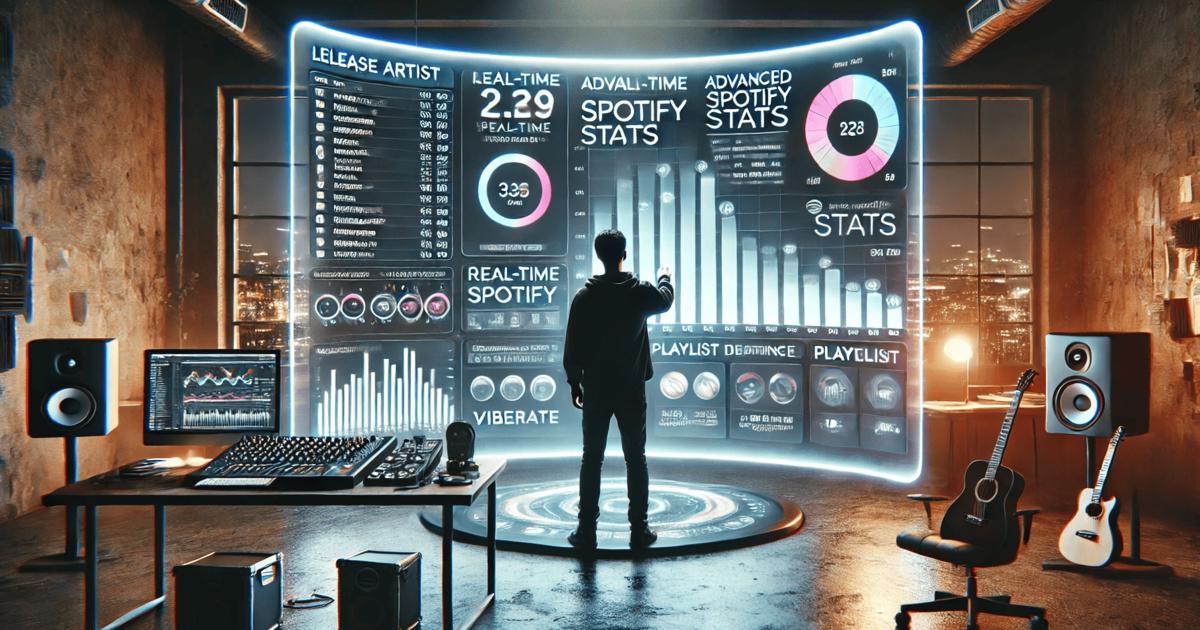Radio Monitor Tools Compared: What You Need to Know
Radio Monitor Tools Compared: What You Need to Know
The debate between radio airplay and streaming is more relevant than ever. While streaming platforms have transformed how music is distributed and consumed, radio still plays a critical role in artist exposure, especially for mass-market awareness. To understand the exposure gap between the two, we need to compare their speed, audience behavior, programming methods, genre preferences, and impact on revenue.
Speed to Market
Streaming platforms are built for rapid deployment. A song can gain viral traction within days on Spotify or YouTube, thanks to algorithmic playlists and user-driven discovery. In contrast, radio takes much longer to adopt new music. Programmers wait to see evidence of success on streaming charts or sales before committing to airtime. This delay can span weeks or months.
The conservative nature of radio programming contributes to the slower pace. Radio teams tend to prioritize proven hits and avoid untested material, which creates a bottleneck in exposure for new tracks.
Audience Reach and Listening Behavior
Despite the growth of streaming, radio still dominates in total weekly reach. It remains the go-to listening format in cars, workplaces, and public environments. Radio is passive; listeners often consume content they didn’t actively choose.
Streaming, on the other hand, is personal and intentional. Users actively select songs, albums, or playlists based on mood, context, or recommendation. The experience is algorithm-driven and highly customized. This skews streaming audiences younger and more engaged, while radio caters to a broader and older demographic.
Programming and Risk Aversion
Radio stations curate tight playlists through a mix of programmer decisions, label influence, and audience testing. This model tends to reward songs that fit predefined formats and limits room for experimentation. Even if a song goes viral online, it may be excluded from radio if it doesn't match the station’s style.
Streaming avoids this bottleneck. Algorithms and listener behavior decide what surfaces. This creates more opportunities for niche, genre-bending, or emerging artists to gain traction.
Genre Discrepancies
Streaming thrives in genres like hip-hop, Latin, and electronic—styles that are underrepresented in traditional radio rotations. Radio, by contrast, is still dominated by pop, rock, country, and adult contemporary formats.
This creates a gap. Artists with success in streaming might struggle to break into radio, even with widespread digital appeal. The format bias limits genre diversity in radio exposure.
Artist Exposure and Revenue Impact
Radio still drives mass-market recognition. Songs in heavy rotation often gain staying power, boost ticket sales, and elevate brand visibility. A strong presence on radio contributes to long-term success.
Streaming monetizes through plays and offers granular data on listeners. It supports early discovery and global reach but is more competitive. The fragmentation means that while artists can earn revenue and insights, it’s harder to achieve the kind of visibility radio provides at scale.
Why the Exposure Gap Exists
Streaming platforms reach audiences faster, often within days of a song's release, while radio takes weeks or even months. Listeners on streaming services are actively engaged and seeking music they enjoy, while radio is often consumed passively in the background. Streaming also allows for algorithmic flexibility and broad genre inclusion, making it more adaptive to diverse musical styles. Radio, on the other hand, is curated and format-bound, focusing mostly on mainstream genres like pop and country.
Although streaming doesn’t yet match radio’s total weekly reach, especially in cars and workplaces, it helps build early buzz. Meanwhile, radio delivers long-lasting mass exposure and plays a bigger role in establishing household-name recognition.
To close this gap or at least navigate it more strategically, industry professionals rely on radio monitor tools. Let’s compare the top platforms that offer airplay tracking.
Viberate Radio Monitor Review
Viberate offers a complete airplay analytics suite optimized for artists, managers, and labels. The user interface is clean, modular, and easy to navigate. It provides rich insights without overwhelming the user.
The "Career Health on Radio Airplay" module offers a visual summary of an artist’s position. A gauge shows whether radio airplay is weak, moderate, or strong. It also ranks artists by genre and shows competitive insights.
The "12-Month Radio Airplay Overview" captures key metrics: total spins, top tracks, countries reached, and major stations supporting the artist. This helps users understand year-long trends at a glance.
With "Spins Through Time," you can identify monthly fluctuations. A clear graph shows peak periods and declines, helping teams adjust promotion strategies. Hover-over data points and export options add to the usability.
The "Most Spinned Tracks" module pinpoints which songs get the most airplay, by country and station. It also includes release dates, so you can track longevity.
Geographical insights are detailed in the "Spins by Country" and "Spins by City" modules. An interactive map visualizes airplay density and includes detailed pop-ups per region.
The "Radio Stations by Subgenres" section shows where songs are played by genre and who else is in the rotation. This reveals format alignment and competitor presence.
"Top Radio Stations" lists the highest-performing stations for the artist, along with city and genre info. Station-specific trends are visible, helping focus promotional efforts.
"Airtime Distribution" shows when songs are played across the week and by hour. This is useful for optimizing audience impact.
Finally, the "Latest Radio Spins" module provides a live feed of recent plays. Search and export options make it practical for real-time monitoring.
In short, Viberate provides a powerful radio monitor with an intuitive UI and excellent data coverage at a competitive price.
Chartmetric Radio Monitor Review
Chartmetric provides a broad overview of an artist's radio airplay through three main modules: Summary Stats, Total Plays Breakdown, and Top Tracks.
The "Summary Stats" module gives a top-level view—cities, countries, stations, and play count. A world map visualizes the top 50 cities. Filters allow narrowing by track or country.
The "Total Plays Breakdown" module shows airplay over time in stacked bar charts. Data is segmented by tracks, stations, countries, and cities. It includes detailed side panels, hover-over data, and filters.
"Top Tracks by Plays" ranks songs by airplay volume. It includes first and last spin dates and week-by-week comparisons. This supports historical performance tracking.
Chartmetric’s radio monitor is highly data-driven and flexible, suitable for advanced users. It offers strong analysis tools but lacks the modular ease and focused music UX of Viberate.
Songstats Radio Monitor Review
Songstats focuses on individual track performance. The dashboard begins with a "Performance Overview" showing plays, stations, SiriusXM support, and estimated royalties.
The "Radio Airplay Trend Chart" visualizes trends over time. A slider and date selector let users zoom in on specific periods.
"Stations & Locations" displays which stations and cities have played the track, while "Most Played Tracks" ranks top performers with artwork and metadata.
"Recently Played" shows a visual grid of recent airplay, with badges such as “Release Special.” Clicking into a track leads to detailed airplay insights.
Songstats is helpful for tracking royalties and getting a quick pulse on individual songs. However, its depth and customization are limited, and some features are locked behind a paywall.
Final Verdict
All three tools offer quality radio monitor capabilities, but they serve slightly different needs.
- Songstats is lightweight and song-focused.
- Chartmetric is analytics-heavy, ideal for in-depth analysis.
- Viberate offers the best combination of usability, depth, and price.
For professionals who need a versatile, easy-to-use, and cost-effective solution to monitor radio airplay, Viberate provides the strongest overall value.
Its detailed modules, intuitive interface, and real-time insights make it a reliable tool for artists, managers, and labels looking to bridge the exposure gap between streaming and radio.




